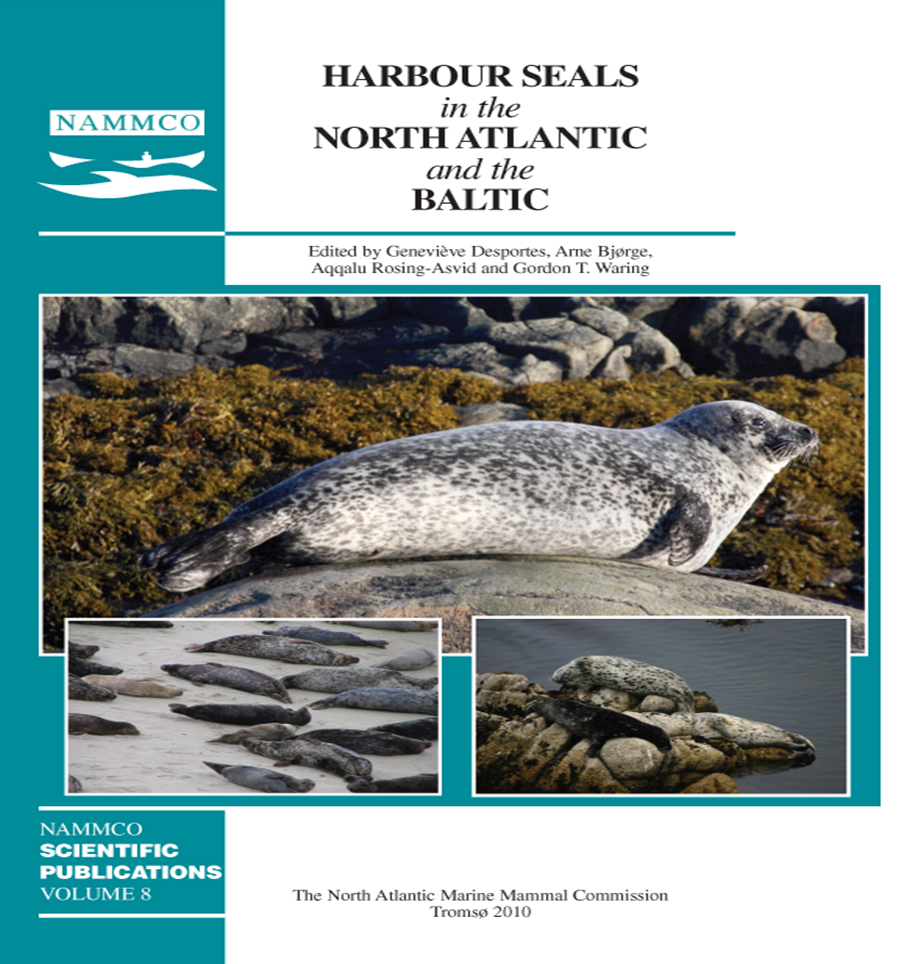A review of the status of harbour seals (Phoca vitulina) in the Northeast United States of America
DOI:
https://doi.org/10.7557/3.2685Keywords:
harbour seals, status, United StatesAbstract
We conducted a review of the literature and unpublished databases to describe the distribution, abundance, ecology and status of harbour seals (Phoca vitulina concolor) in U.S. Atlantic waters. The harbour seal is the most abundant and widespread seal species in this area. Since passage of the U.S. Marine Mammal Protection Act of 1972, the number of harbour seals observed during the pupping season in this region has increased from about 10,500 animals in 1981 to 38,000 animals in 2001 (uncorrected counts), an average annual rate of 6.6%. This increase has beenrelatively consistent over the 20 years, and there is no indication that the population size has stabilized. Correspondingly, the seasonal distribution has expanded and interactions between seals and anthropogenic activities have increased.Downloads
Published
2010-09-01
How to Cite
Waring, G. T., Gilbert, J. R., Belden, D., Van Atten, A., & DiGiovanni Jr, R. A. (2010). A review of the status of harbour seals (<i>Phoca vitulina</i>) in the Northeast United States of America. NAMMCO Scientific Publications, 8, 191–212. https://doi.org/10.7557/3.2685
Issue
Section
Articles





